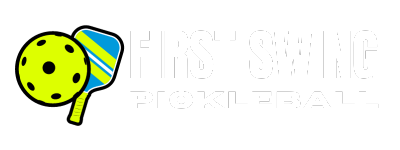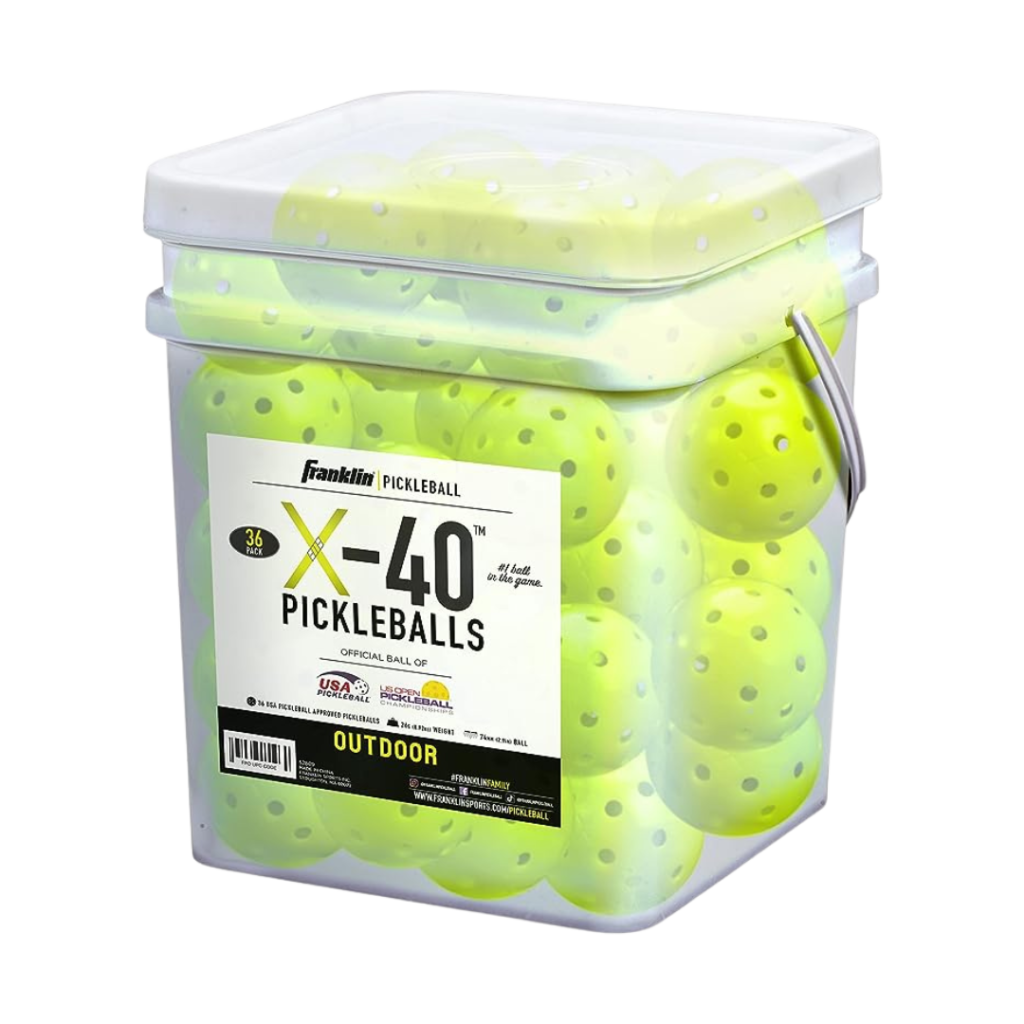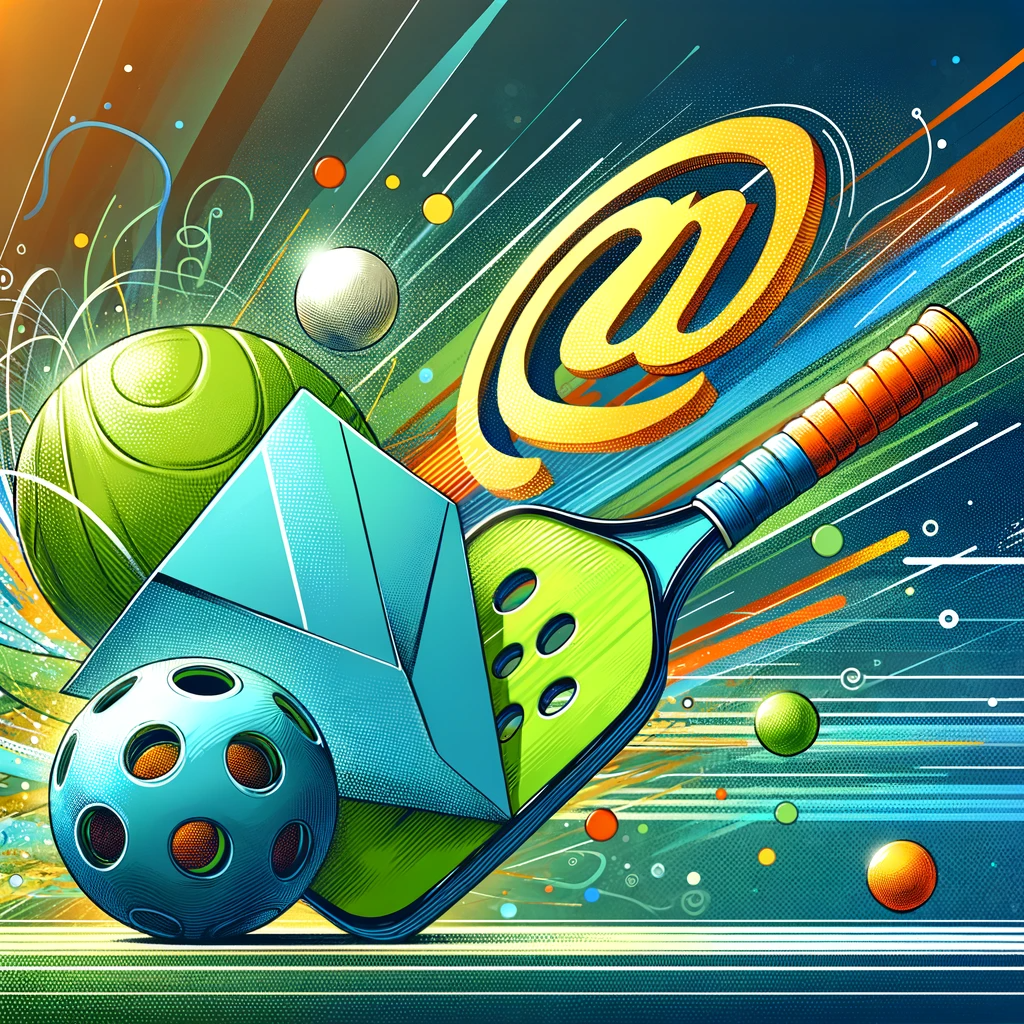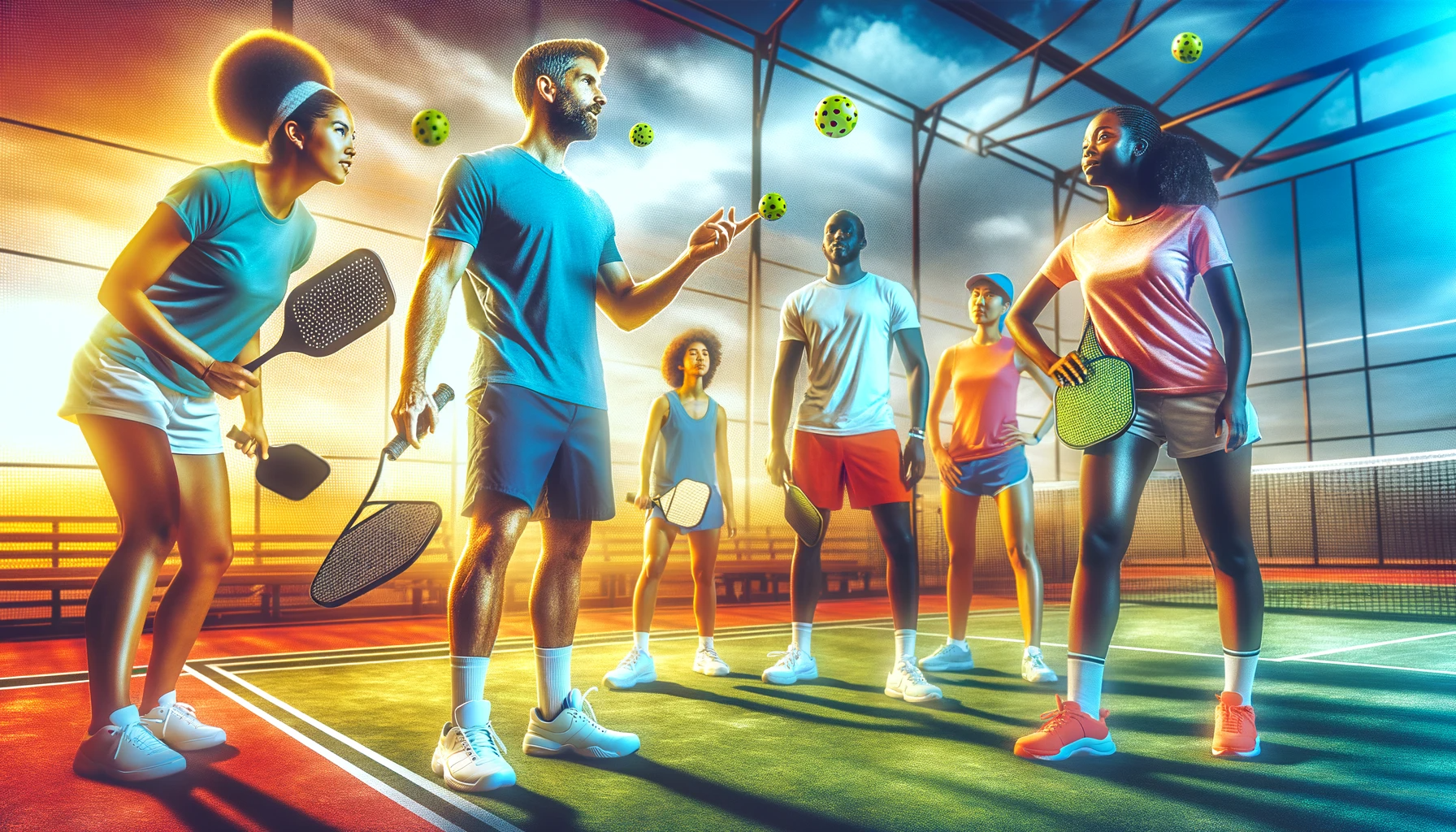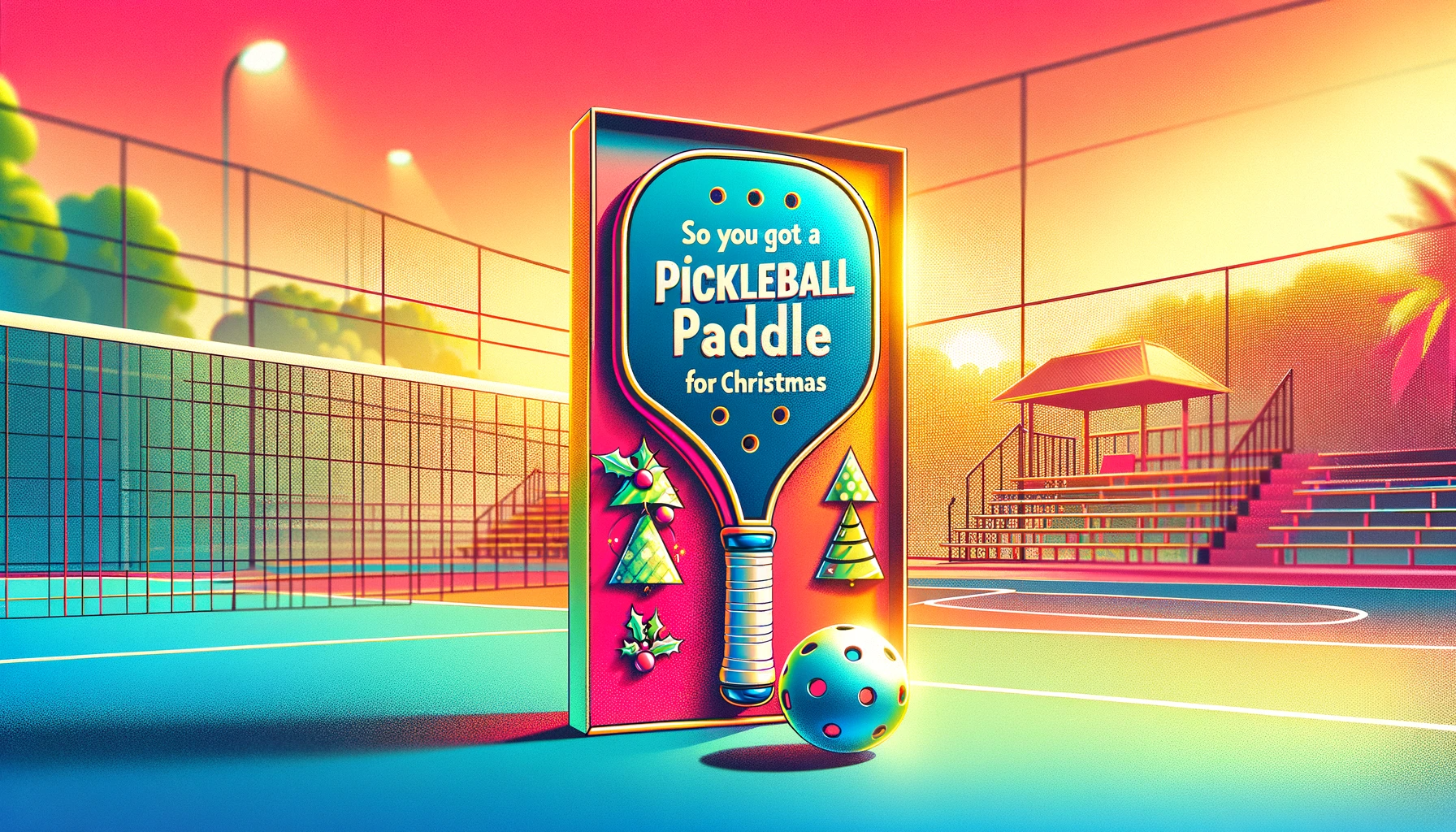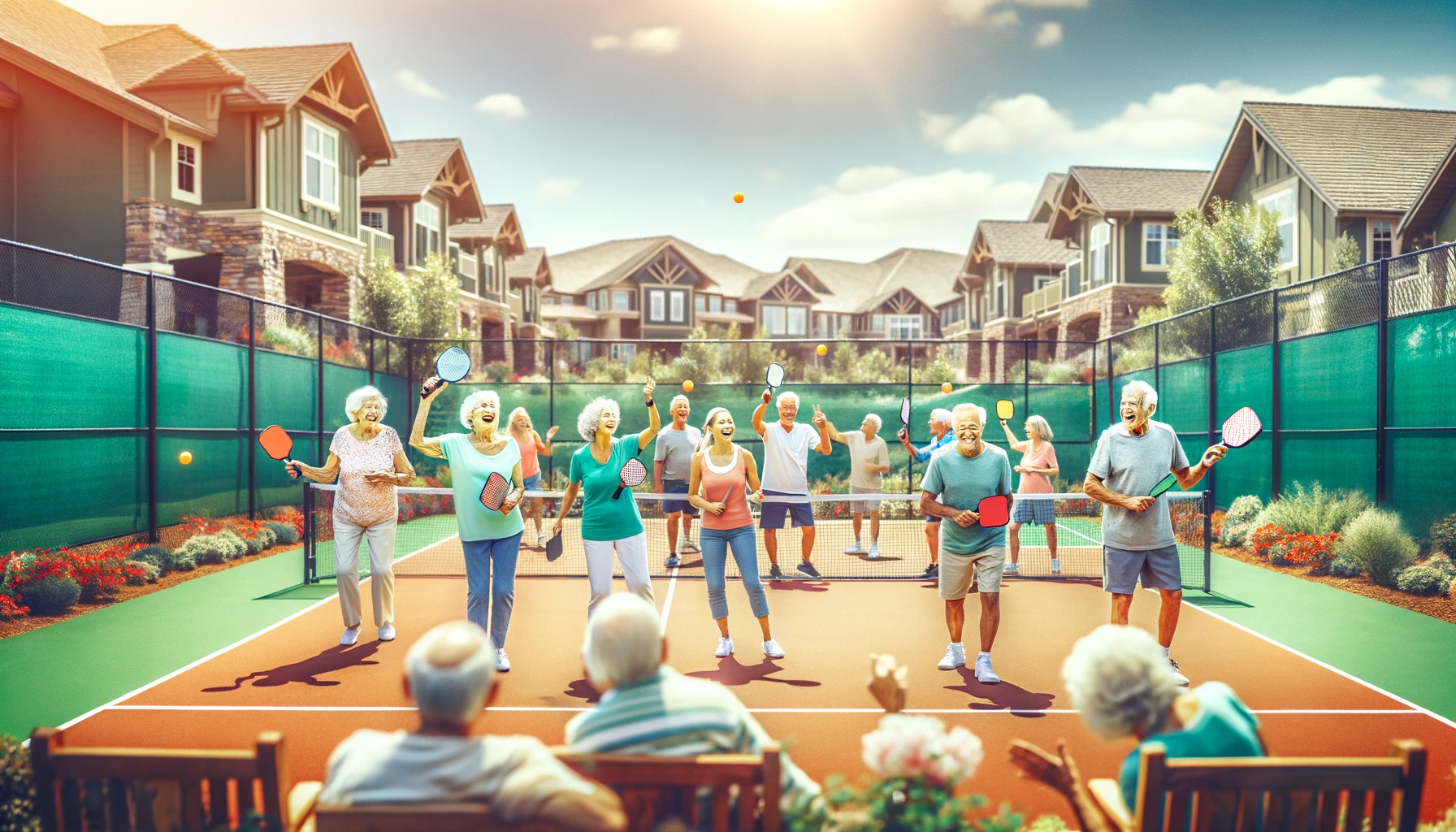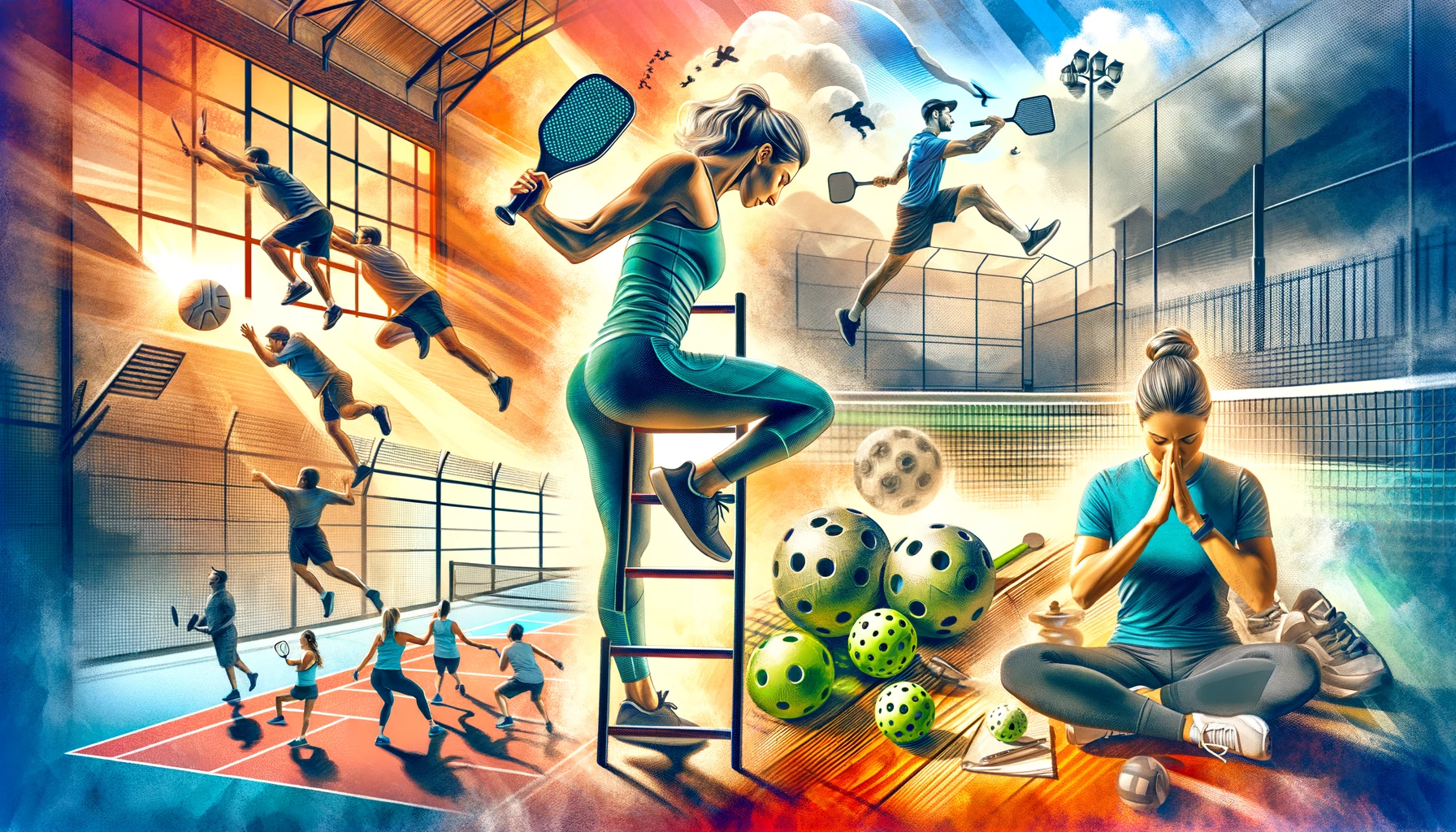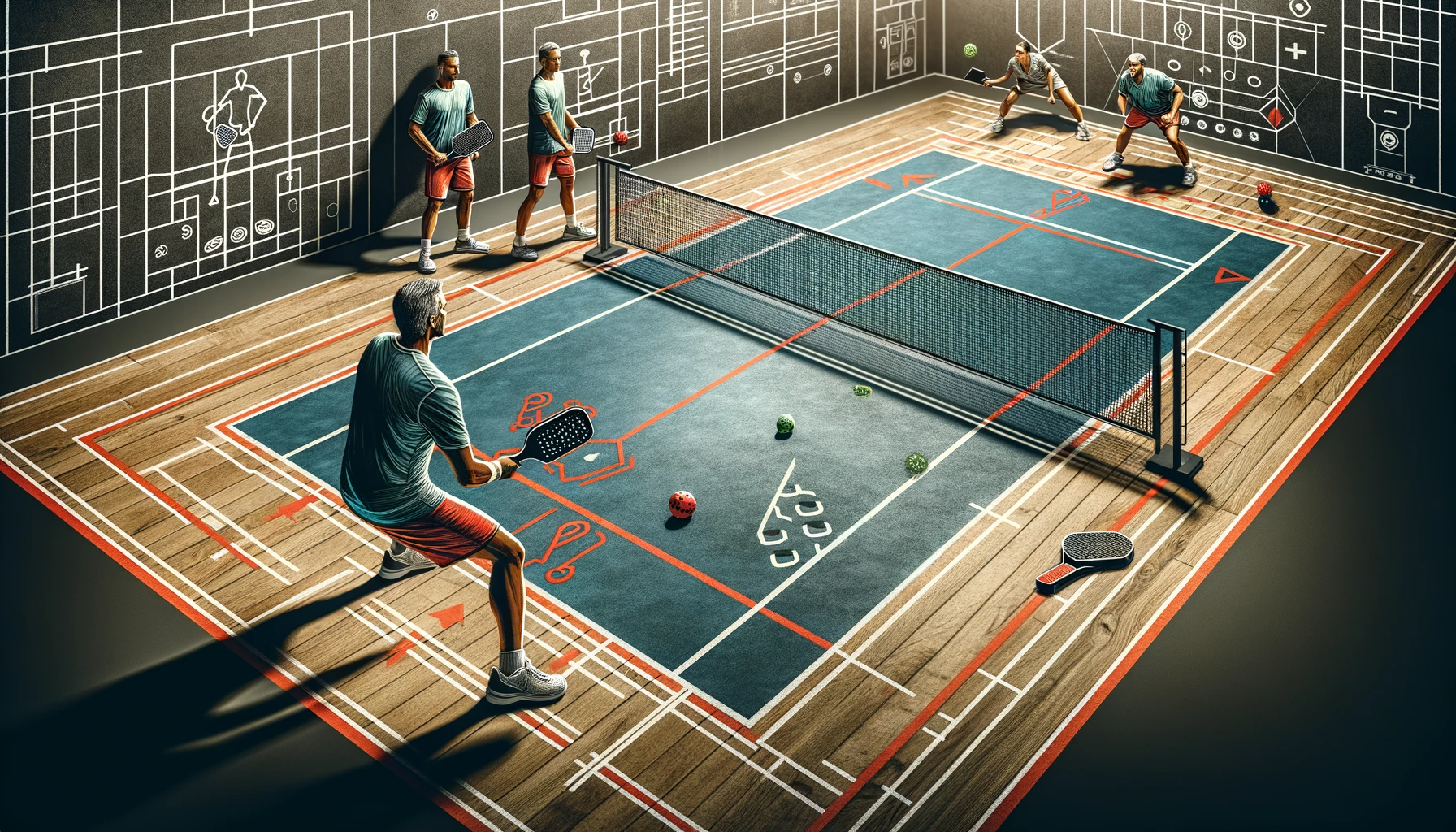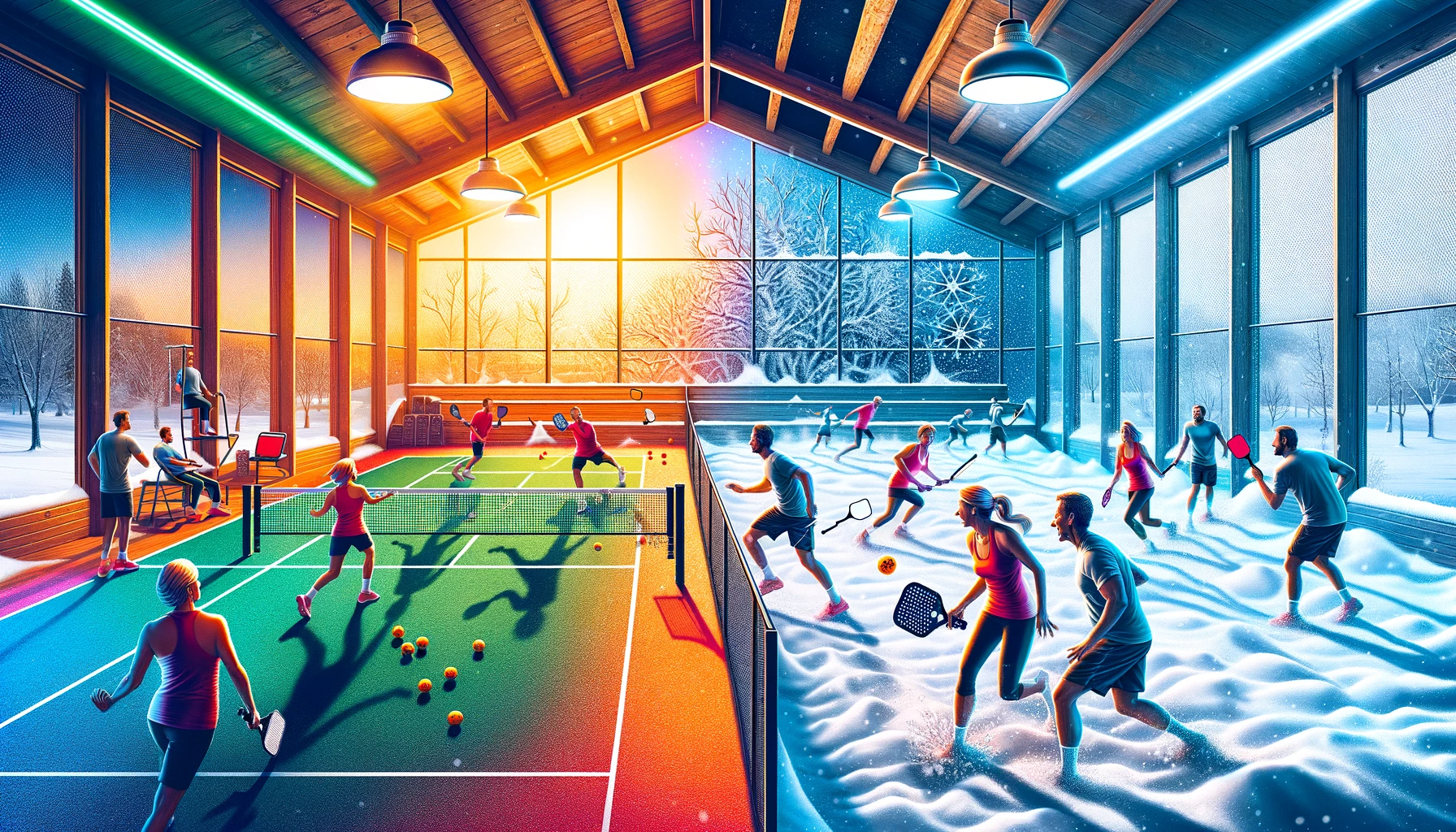
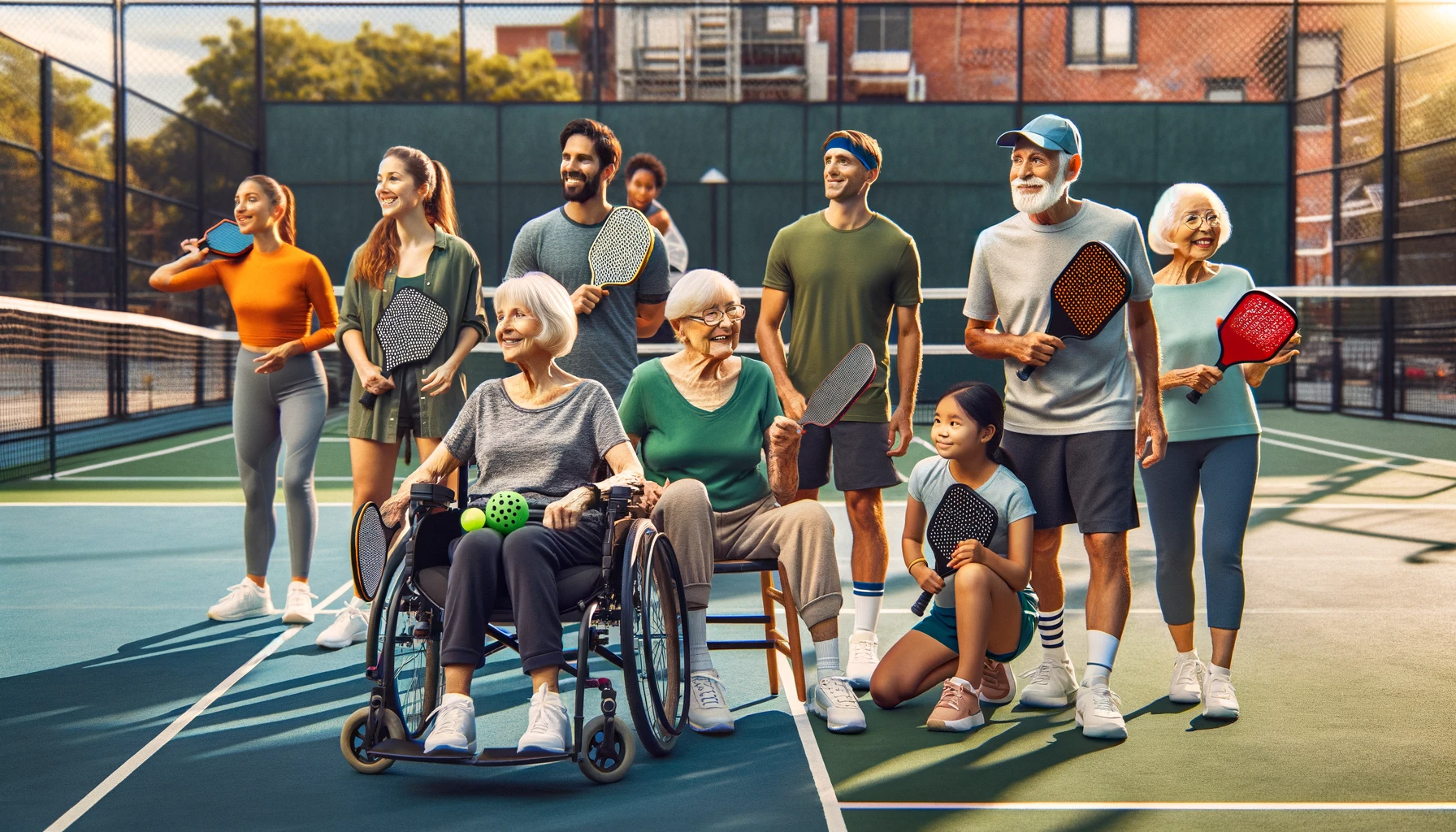
Pickleball for All: Promoting Inclusivity and Accessibility in the Sport
Pickleball, a sport that has captivated people across various age groups and skill levels, stands out for its inclusivity and accessibility. This article delves into the essence of pickleball as a sport for everyone and explores the efforts made by communities to make it even more inclusive.
The Universal Appeal of Pickleball
Easy to Learn, Fun to Play
One of the key factors behind pickleball's widespread popularity is its simplicity and ease of play. Unlike many sports that require extensive training or specific physical abilities, pickleball can be quickly learned, making it accessible to beginners of all ages.
Low-Impact, High-Benefit
The low-impact nature of pickleball makes it an excellent choice for older adults or those with certain physical limitations. It provides a good workout without putting excessive strain on the body.
Making Pickleball More Inclusive
Adaptive Programs for Diverse Abilities
Communities are now offering adaptive pickleball programs designed for players with disabilities. These programs modify equipment, rules, and court sizes to accommodate various needs, ensuring everyone can enjoy the game.
Intergenerational Play
Pickleball brings different generations together. It's common to see grandparents playing with their grandchildren, promoting not only physical activity but also intergenerational bonding.
Culturally Diverse Communities Embracing the Sport
Pickleball transcends cultural barriers, with communities from diverse backgrounds embracing the sport. It serves as a unifying activity, fostering social connections and cultural exchange.
Efforts Toward Greater Accessibility
Public and Accessible Courts
Many communities are investing in public pickleball courts that are accessible to all. These courts are often located in community parks, making them easily reachable.
Equipment and Training Programs
To support new players, some organizations provide free or low-cost equipment and introductory training programs. These initiatives help lower the barriers to entry for those who might not have the resources to start playing.
Inclusive Events and Tournaments
Inclusive tournaments and social events focused on pickleball encourage participation from a broad spectrum of players. These events often feature categories or divisions based on age, skill level, or physical ability.
Conclusion
Pickleball's growing popularity is a testament to its accessibility and inclusivity. By continuously making efforts to ensure that people of all ages, abilities, and backgrounds can participate, pickleball sets an exemplary model for how sports can bring people together.
FAQs
Q: Can pickleball be played by people with physical disabilities? A: Yes, adaptive pickleball programs cater to players with various physical disabilities, modifying the game to suit their needs.
Q: Is pickleball suitable for older adults? A: Absolutely! Its low-impact nature makes it ideal for older adults, offering both physical exercise and social interaction.
Q: How are communities making pickleball more accessible? A: Communities are making pickleball more accessible by building public courts, offering free or low-cost equipment, and organizing inclusive events.
Q: Can children and teenagers play pickleball? A: Yes, pickleball is a family-friendly sport that can be enjoyed by children and teenagers, often playing alongside adults.
Q: How does pickleball promote cultural inclusivity? A: Pickleball is played by people from diverse cultural backgrounds, fostering social connections and cultural exchange through the sport.
For additional information and resources on the inclusivity of pickleball, visit these links:
